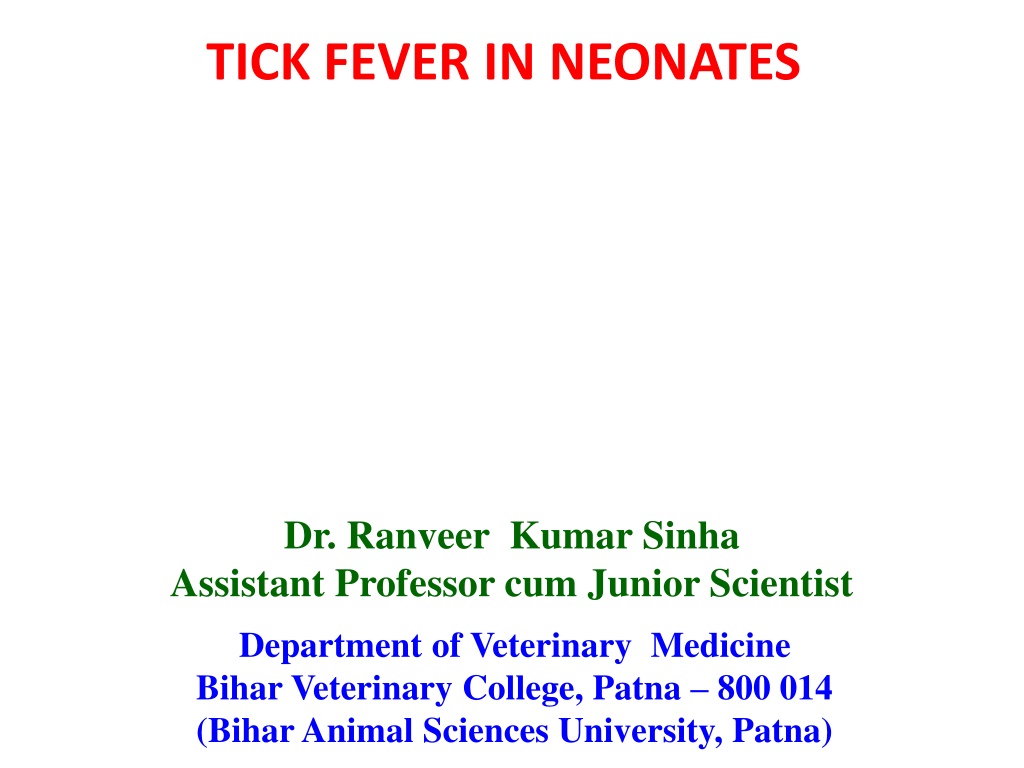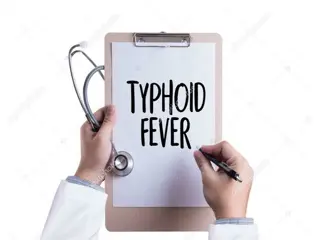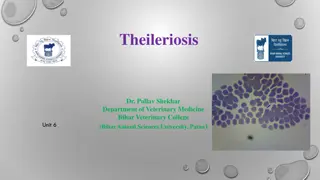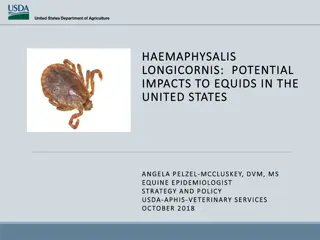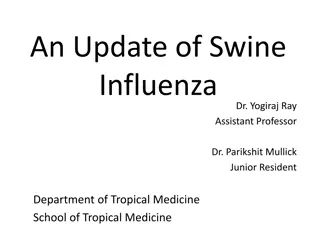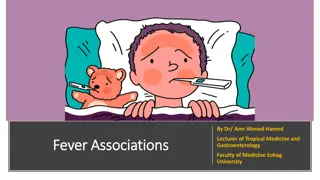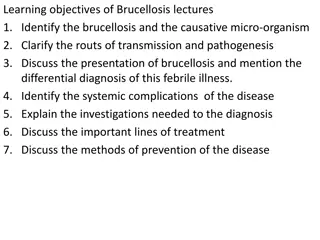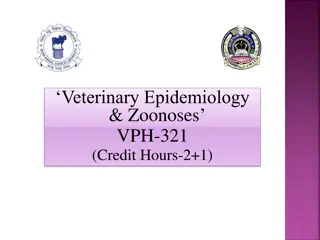Understanding Tick Fever in Neonates: Symptoms, Diagnosis, Treatment, and Prevention
Tick fever in neonates is a febrile disease transmitted by tick bites, with symptoms including fever, loss of appetite, depression, weakness, red urine, anemia, and jaundice. The disease can be diagnosed through clinical symptoms, tick presence, and blood smear examination. Treatment involves medications like diminazene aceturate or imidocarb, along with supportive care. Prevention methods include keeping animals tick-free, maintaining a clean environment, and providing adequate nutrition and colostrum for newborns.
Download Presentation

Please find below an Image/Link to download the presentation.
The content on the website is provided AS IS for your information and personal use only. It may not be sold, licensed, or shared on other websites without obtaining consent from the author. Download presentation by click this link. If you encounter any issues during the download, it is possible that the publisher has removed the file from their server.
E N D
Presentation Transcript
TICK FEVER IN NEONATES Dr. Ranveer Kumar Sinha Assistant Professor cum Junior Scientist Department of Veterinary Medicine Bihar Veterinary College, Patna 800 014 (Bihar Animal Sciences University, Patna)
TICK FEVER Introduction: A febrile disease transmitted by the bites of ticks. Introduced in 1829 by cattle from Indonesia infested with the cattle tick Boophilus microplus Diagnosing, treating and preventing this diseases is very important for every cattle industry.
SYMPTOM OF TICK FEVER Fever (103-106oF) Loss of appetite Depression Weakness and reluctance to move Red urine (haemoglobinuria) followed by anaemia and jaundice
DIAGNOSIS, TREATMENT & CONTROL OF TICK FEVER Diagnosis: Clinical symptom, Presence of tick on body, Blood smear examination Treatment: Diminazene aceturate @ 3.5 7 mg/K.b.wt IM/SC or Imidocarb @ 1.2mg/K.b.wt IM Haematinic Other supportive treatment
Prevention and Control Keeping animals tick- free through application of Ectoparasiticides Tick dips Imidocarb @ 3mg/K.b.wt IM will prevent infection for 4 - 8 week Clean environment Removal of the newborn from the infected environment Feeding calves inadequately will reduce calf growth and their immune system response which helps fight diseases. Ingestion of colostrums from dam within four to six hours of birth to receive adequate immunity.
